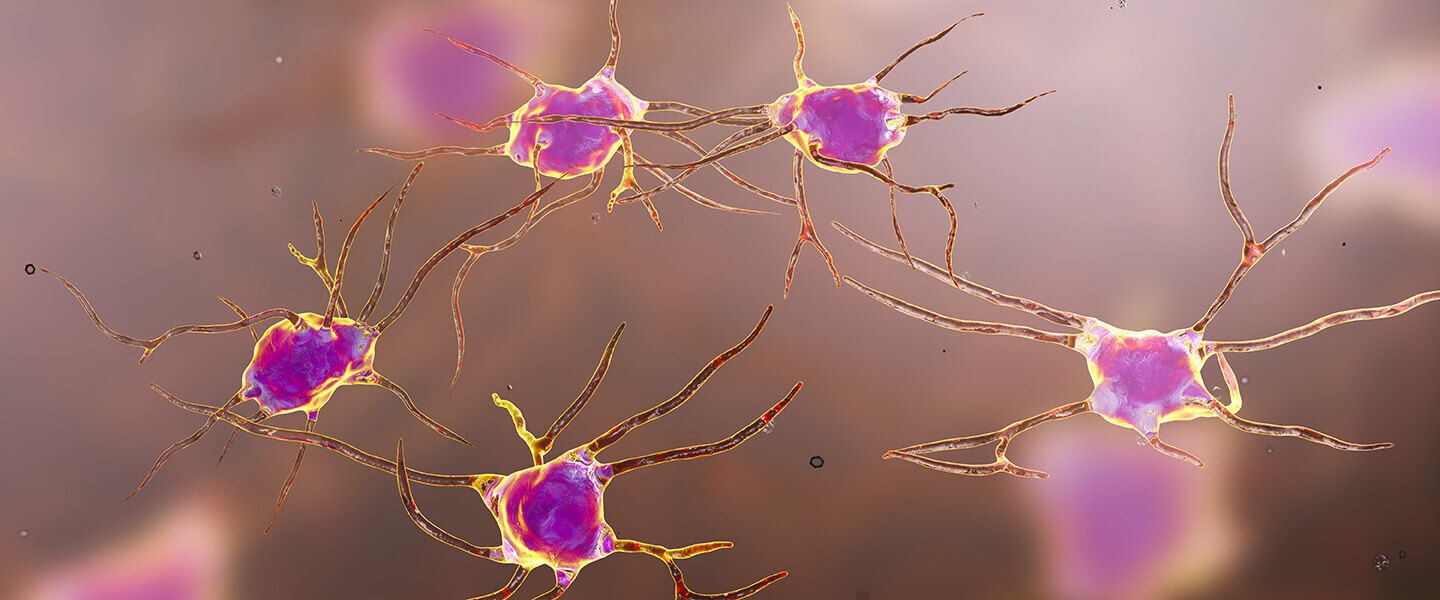Webinar Recap: Imaging the “Social Brain” Aids Treatment of Anorexia Nervosa
At the core of anorexia nervosa is one of our most basic bodily needs, nourishment. People with the eating disorder are unable to nourish themselves and become severely underweight, which makes anorexia nervosa unique among psychiatric illnesses, explains 2012 Young Investigator Carrie J. McAdams, M.D., Ph.D., of the University of Texas Southwestern Medical School, in a recent Brain & Behavior Research Foundation-hosted webinar.
Though anorexia nervosa is a psychiatric illness—which has a mortality rate between 3 and 8 percent—its diagnosis depends on an objective physical factor, the loss of weight, making this an illness that leads psychological beliefs (usually hidden) to become physically visible.
Strikingly, previous studies have found that anorexia nervosa rarely develops unless the individual experiences significant stress. Much stress stems from our interactions with other people. Looking at the “social brain” – the parts of our brain dedicated to understanding ourselves and others – is therefore imperative, according to Dr. McAdams. This is because to treat anorexia nervosa effectively, “you have to do more than just change the weight.” Patients have to improve their understanding of how their body responds to social stressors, she says.
Learning from those who recovered
Among those who recover physically from anorexia nervosa by gaining weight, more than half relapse. Regular meals can solve the urgent physiological problems of the disorder, but they “don’t fix, in the short term, the thoughts that ‘I should weigh less,’ or ‘I don’t need to eat,’” says Dr. McAdams. She wanted to know what differentiated patients who have recovered from the illness and found that three factors stood out in the literature: improved personal relationships, higher self-esteem, and improved self-knowledge.
Recovered patients’ brain responses underscore the role of social factors in anorexia. While Dr. McAdams’s research now focuses on this aspect, she emphasizes that a perspective which combines biological, psychological, and social factors is “the model that I think it most helpful to think about mental illness in general.” In anorexia, this approach encompasses everything from brain circuitry to thoughts about body image and behaviors like dieting.
Anorexia nervosa in the social brain
Brain function in people with anorexia nervosa differs in social situations from that in healthy people, research from Dr. McAdams’s team shows. “The invention of functional MRI has really allowed us to look into the brains of people,” she says. One way is to perform scans while patients play video games involving the use of areas of the brain that process socially relevant information. The imaging technology allows researchers to see which areas of the brain are most active during particular tasks.
During a game that tests trust in others, when the other player was acting kindly, patients with anorexia nervosa had much less activity in two regions within what Dr. McAdams calls the brain’s social cognitive network. “If you don’t think other people are supportive of you,” she explains, “then it can really set off a cascade” that reinforces eating disorder behaviors. In another test, currently ill patients looked at photos of themselves and showed more activity in a brain area involved in face perception compared with people who are healthy or have recovered from anorexia. This activity might lead to the patient thinking about what they look like more, says Dr. McAdams, and “lead to actions to change what they look like.”
Thinking differently about recovery
Figuring out what is different between patients who recover and those who don’t is a major goal of Dr. McAdams’s work.
“The real passion that I have for this illness has to do with recovery,” she says.
One study found that when compared to both ill patients and healthy people, patients who had recovered from anorexia nervosa performed differently in a test of one’s ability to take on someone else’s perspective. These results suggest “they’re using their brains differently to think about themselves.”
What most excites Dr. McAdams is that research on how the brain handles social interactions is providing specific targets for treatments. These targets can include neural targets, such as trying in ill patients to turn on the brain regions that are used more in the recovered patients. They also include what Dr. McAdams calls cognitive targets, such as teaching people to have less negative biases about themselves. This research, she says, “starts to give us an understanding of how the brain needs to change” to promote true recovery.
Contributed by Andrea Alfano



